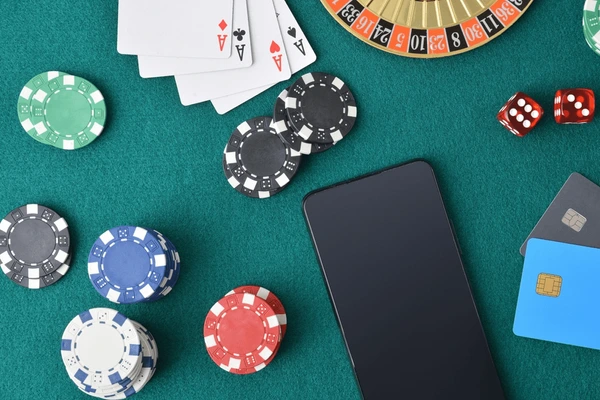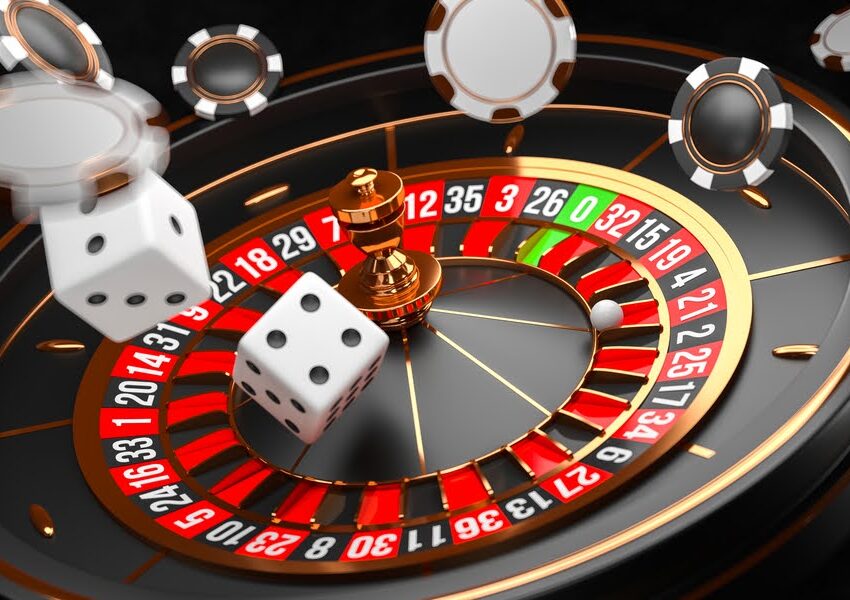It’s important to have a wide variety of betting options at your disposal as a poker player. A poker player’s arsenal consists of many bets they may place, therefore it’s important to know how to use them effectively.
Firstly, a really important point: As we discussed before the coin toss, your wager size should be a whole number multiple of the Large Blind. One common expression is “Raise by three times the huge blind.” In post-Flop play, bet sizes are often expressed as a fraction of the total chips in play. For instance, “Bet half the amount of the pot.” If the pot was at $20 before your move, your stake would be equivalent to 10% of the pot, or $10.
So that you can include them into your plan, let’s have a look at the six main types of bets you have at your disposal.
Purpose of the Value Bet
Add funds without scaring away potential customers or rivals. The Poker Terms Glossary will help you there.
Bet Intensity Scale Reduced by a Factor of Half
A value bet is made when a player believes they have the best hand and wants to increase the size of the pot they will win.
While we’d want to contribute as much as possible to the pot, we can’t afford to risk making our opponent fold by betting too much. The current objective is to calculate the maximum bet that will still force our opponent to call.
A value bet is one that is roughly equal to half the size of the pot, however this is very relative and may fluctuate depending on the opponent and other factors. This is big enough to protect your hand from opponents who are on draws and may overrun it, but little enough to encourage a losing opponent to stay in the hand. It’s a win-win scenario.
Half the pot is only three to one, so if your opponent has a drawing hand and calls, he’s making a mistake since he doesn’t have enough money to chase most drawing hands.
The Purpose of the Ongoing Wager
Keep the perception that the strength is inside the betting range.
Halving the size of the Pot
Before the flip, we had taken the lead in the betting by raising, and the only time we could have used a continuation bet was if we had won that bet. The flip has been dealt, and we have little chance of winning.
Last Words
This means we have a hand that did not survive to see the flop, but we have already shown our strength to our opponents, who are blissfully oblivious that we failed to make it to the flop. With the chance to make a Continuation wager, we can keep our opponents guessing about the strength of our hand until the coin toss. For the time being, we’ve set our sights on taking the pot without doing anything else.
Since your opponent has probably also missed the flop, this show of strength before the flip and a continuation of that perception of strength after the flop may convince them to fold.






